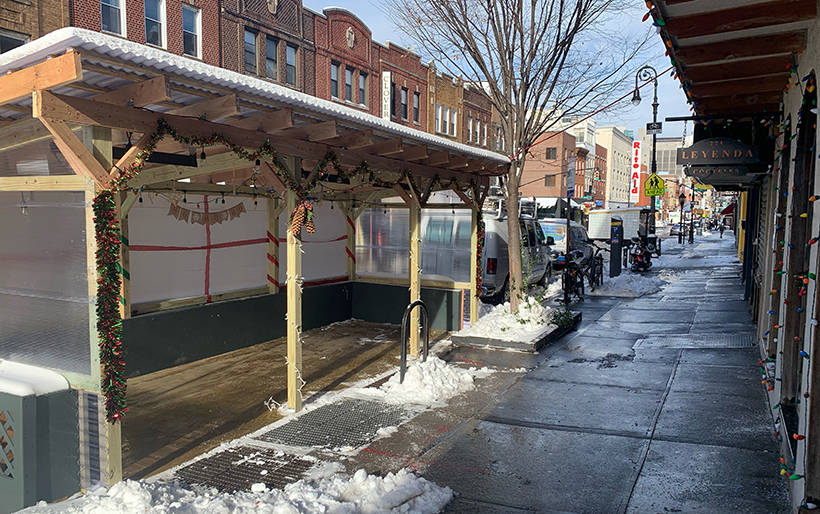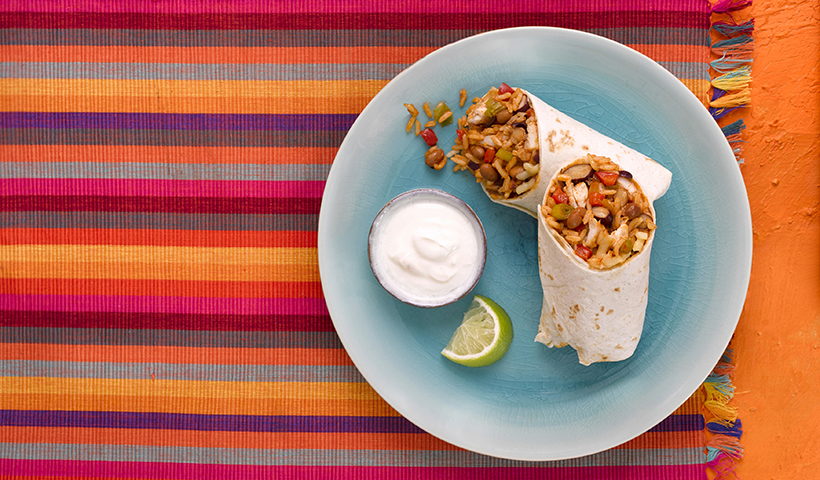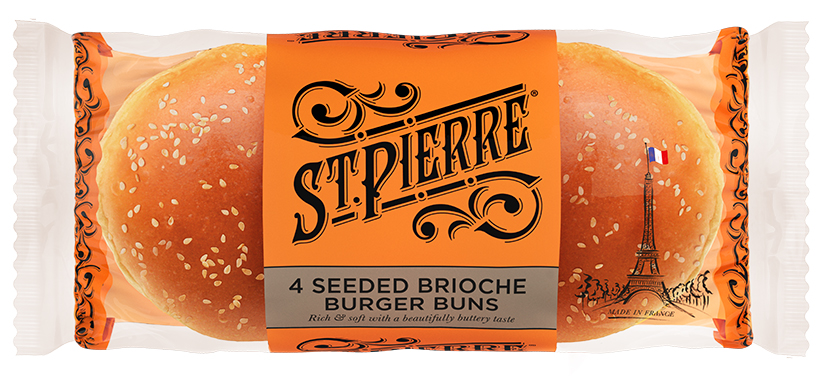Kerb appeal: how to set up your restaurant outside
Outside dining is here to stay, so it’s time to create an inviting space to sit and cook up comfort food for guests en plein air. Will Hawkes looks at the new products on the market.
If you want to know what alfresco dining means in 2021, New York is a good place to start. Outside Leyenda, a smart cocktail bar in the heart of Brooklyn, there’s an incongruous wood and polycarbonate structure that, at first glance, looks like a bus shelter. It’s actually for eating outside. It’s designed to give diners a modicum of protection in a city where winters can be exceptionally harsh, and it squats across two parking spaces, facing away from traffic and towards the bar.
Leyenda’s shelter is far from unique in New York, where Covid-19-related restrictions on dining have ebbed and flowed over the past 10 months, causing uncertainty for operators like Ivy Mix, the bar’s co-owner. Many of the city’s hospitality businesses – short on cash, desperate for customers and let down by city government – have thrown up similar structures, in the process transforming the city’s streets. Entrepreneurs like Suzaan Hauptfleisch, owner of Upper West Side restaurant Kaia, believe it has been crucial in keeping New York’s hospitality going through the winter.

“I just rigged up a structure outside,” she says. “My kitchen staff helped me bolt it together. I didn’t hire a contractor because we didn’t have any money for that, so we just built something out of plywood, two by four, corrugated iron and polycarbonate sheet.”
British operators may not need to go to these extremes, but all operators are facing the same challenge: how do you serve diners outside in a climate not best suited to, well, being outside?
Gimme shelter
There are few neighbourhoods in the UK where the need to keep hospitality bubbling along is greater than in London’s Chinatown. This collection of streets north of Leicester Square is dominated by restaurants and bars, but lockdowns have left it almost entirely bereft of the passing custom that is its lifeblood.
In a bid to help, landlords Shaftesbury introduced greater outside dining facilities in 2020 to support local restaurants, working with councils to smooth the way. “When the current lockdown eases and restaurants are allowed to reopen again, they will face the same issue of having to reduce covers internally to maintain a safe dining environment,” says Julia Wilkinson, restaurant director at Shaftesbury.
“To support our tenants in the summer [2020], we liaised with the council to create safe and attractive outdoor communal dining areas within the pedestrianised streets of Chinatown London and Carnaby, creating significant additional covers. We also worked with Westminster and Camden councils to implement a programme of managed road closures and traffic calming measures to facilitate dedicated external seating areas outside individual restaurants and cafés.”
Wilkinson adds that, as and when the current restrictions are lifted, Shaftesbury will be creating an appealing outdoor dining environment. “We are looking to continue this support where possible and, as government guidelines allow, with the addition of umbrellas, gazebos and heaters for the winter.
“Landlords, operators and local authorities alike have to think creatively to make the most of every available space, so we can safely welcome people back and maintain the quality of experience they have come to expect.”
Build it and they will come
Not everyone will have such amenable landlords, but for those with plenty of private outdoor space to exploit, outdoor furniture will be needed. For those considering that option, Peter Tyrie, managing director of Barlow Tyrie, has advice. “We recommend opting for compact, easy-to-arrange tables (70cm x 70cm or 80cm x 80cm) and chairs to maximise your outdoor space,” he says. “This will help ensure vital flexibility to accommodate for likely bookings surges post-pandemic, or cater for a larger number of diners while maintaining safe social distancing.”
Different zones are also worth considering – smoking or non-smoking, casual and more formal, for example – but operators should dig deep if they want to enjoy long-term benefits.
“Where once there was a disposable mindset when it came to outdoor furniture, we advise to buy once and buy well,” says Tyrie. “When choosing your outdoor furniture, invest in quality. You want to buy something that will look great year after year despite heavy use – there is nothing more off-putting than tired and tatty furniture. It definitely pays to spend a little more to guarantee long-term value. Many premium brands supply a reasonable warranty, so it’s worth asking your supplier for this information before committing your cash.”
Quality furniture can be accessorised seasonally, he adds, allowing operators to keep things looking fresh: “Try adding throws and table adornments or investing in accessories, such as lanterns, to create a fresh aesthetic without multiple hefty investments. Small tweaks can often make a huge impact.”
If customers must be outside, then maybe chefs could be, too, for a welcome hit of theatre. The Merrychef Eikon E1S high-speed oven can be moved outside and used in a purpose-built catering area with electricity, according to Wellbilt sales director Steve Hemsil.
“It’s able to cook, toast and grill a wide variety of foods in speeds up to 10 times faster than a conventional oven. The Merrychef Eikon E1S is the ideal entry-level, high-speed oven for businesses to invest in if they want to offer a quality range and increase food throughput,” he says.
“With its resistive, PPE-compatible screen, staff can feel confident that they are cooking foods in the safest and most hygienic way.”
Comfort food for uncomfortable times
In New York, diners are not looking for avant-garde cuisine, says sommelier Caleb Ganzer, a managing partner at wine bar and restaurant Compagnie des Vins Surnaturel. “People just want comfort food,” he says. “They’re not necessarily challenging themselves; they’re eating what they’re comfortable with.”
If you have aspirations to make a success of outdoor dining by the spring, it makes sense to keep it simple, and comfort food – from cottage pie to chicken tikka masala – is easy to prepare, too.

Even easier, of course, are burgers and hot dogs, advises St Pierre’s commercial manager Scott Oakes. “Aside from ticking the box for alfresco dining, hot dogs, burgers and other street food options are quick and easy to prepare, easy to serve and can save time in the kitchen on tasks such as washing up,” he says. “All of this helps to reduce the pressure on busy kitchen staff who have a greater emphasis on cleaning than ever before.”
Among those who use St Pierre’s products are Monterey Jack’s, a group of burger restaurants in Scotland. Richard Fergie, director at Monterey Jack’s, recommends the seeded brioche burger bun.“The mixture of brioche plus sesame [is] unique,” he says. “It is firm enough to hold the burger but still soft to the bite. We rolled it out across our range. There is no better product to serve outside in our heated areas than a burger or hot dog. St Pierre’s brioche range has given us the opportunity to do just that, driving margins despite the restrictions.”
Dairy delights
The rise of veganism and vegetarianism means there must be meat-free options. For the latter, hot cheese (cheese steaks, halloumi fries, baking Camembert, baking feta) is a good option, according to Rocky Page, foodservice and industrial controller at Eurilait.
“For vegetarian consumers, cheese offers an important source of protein and is often used as an alternative to meat,” he says. “Eurilait’s Alfresco range is a delicious selection of hot eating cheese options, which provides caterers with a variety of all-year-round meal solutions. Offering the ultimate in convenience for busy caterers – especially if they are experiencing skill shortages – all variants in the Alfresco range are ideal for either meal kits for delivery or are easily prepared for on-site dining.”

Annette Coggins, head of foodservice at Tilda UK, believes diners will be craving a street-food experience when hospitality reopens. She suggests Tilda’s Speciality range of rice, which includes the “nutty and aromatic” basmati and wild rice, the “deliciously creamy” arborio risotto rice from the Po Valley in Italy and the “naturally fragrant” jasmine rice.
“Getting your street food right all starts with authentic ingredients,” she says. “Rice plays a huge role in these street food flavours, making it the perfect ingredient for operators to start creating their own flavoursome dishes.”
Building delicious dishes from diverse ingredients is hospitality’s speciality, which – Covid willing – it will be doing again soon. Hopefully, when that moment comes, operators won’t have to build the structures for their guests eat in, like their counterparts across the Atlantic.

Suppliers
Barlow Tyrie www.teak.com
Eurilait www.eurilait.co.uk
St Pierre www.stpierregroupe.com
Tilda UK www.tilda.com
Welbilt www.welbilt.com




















